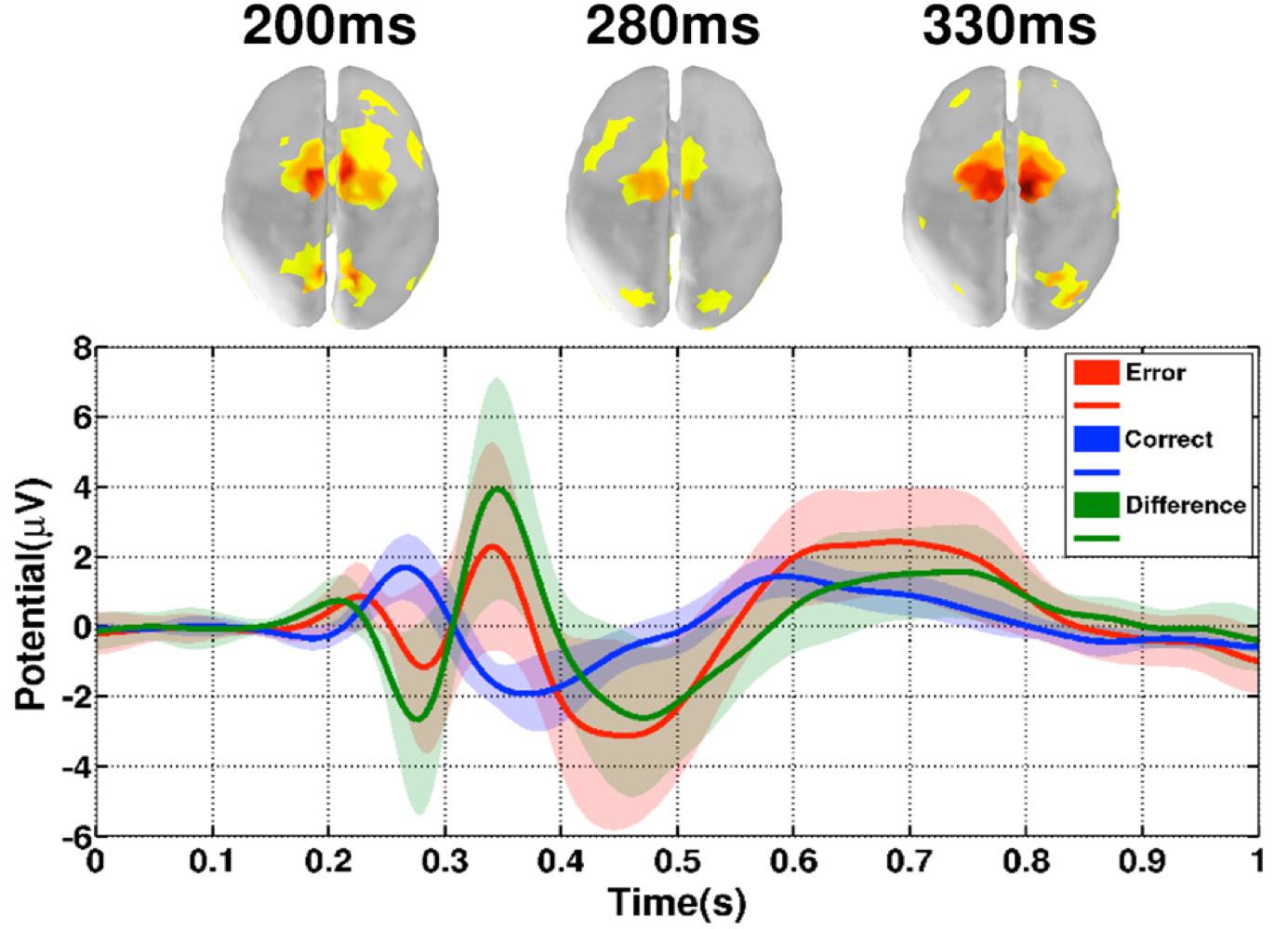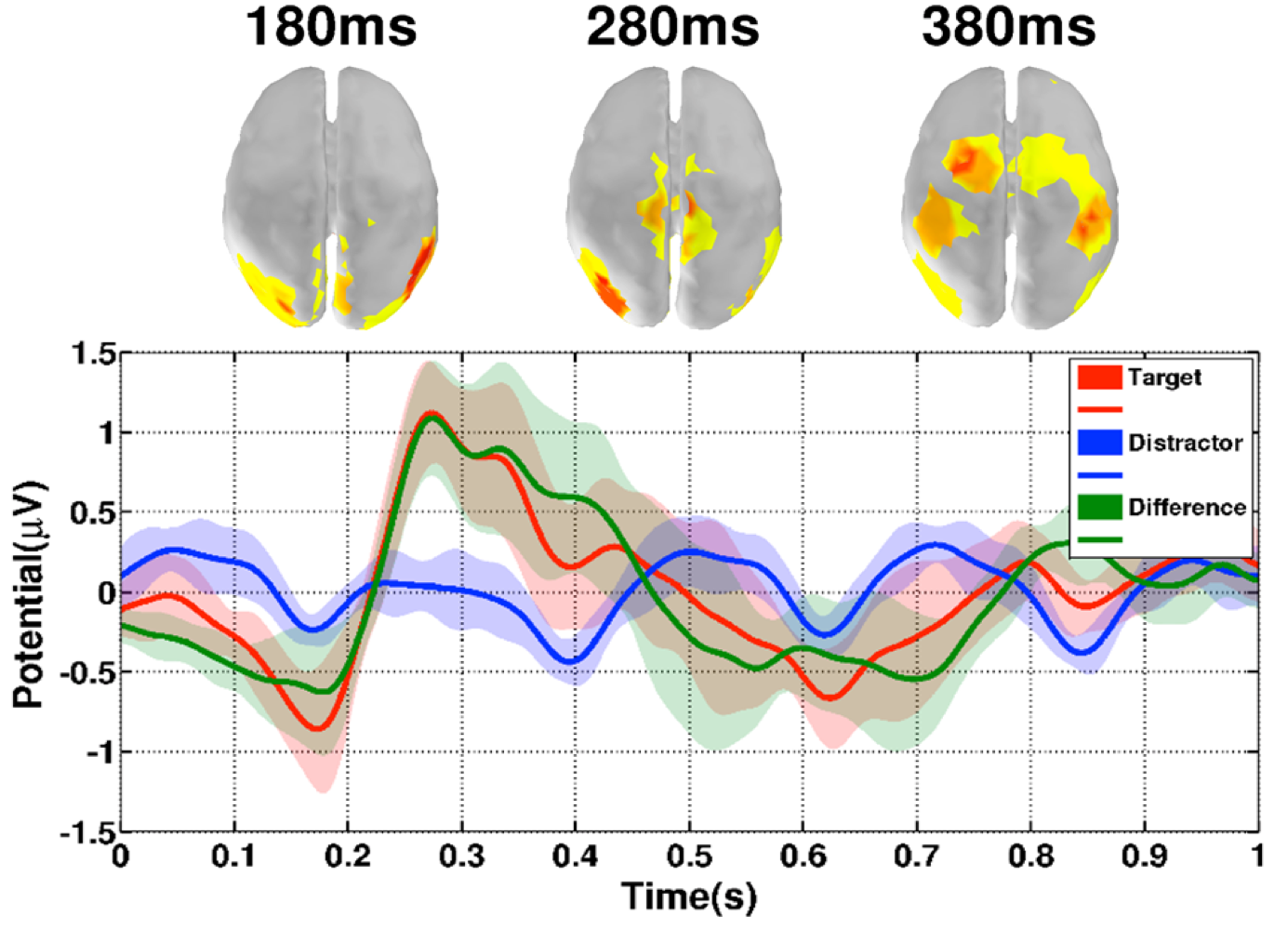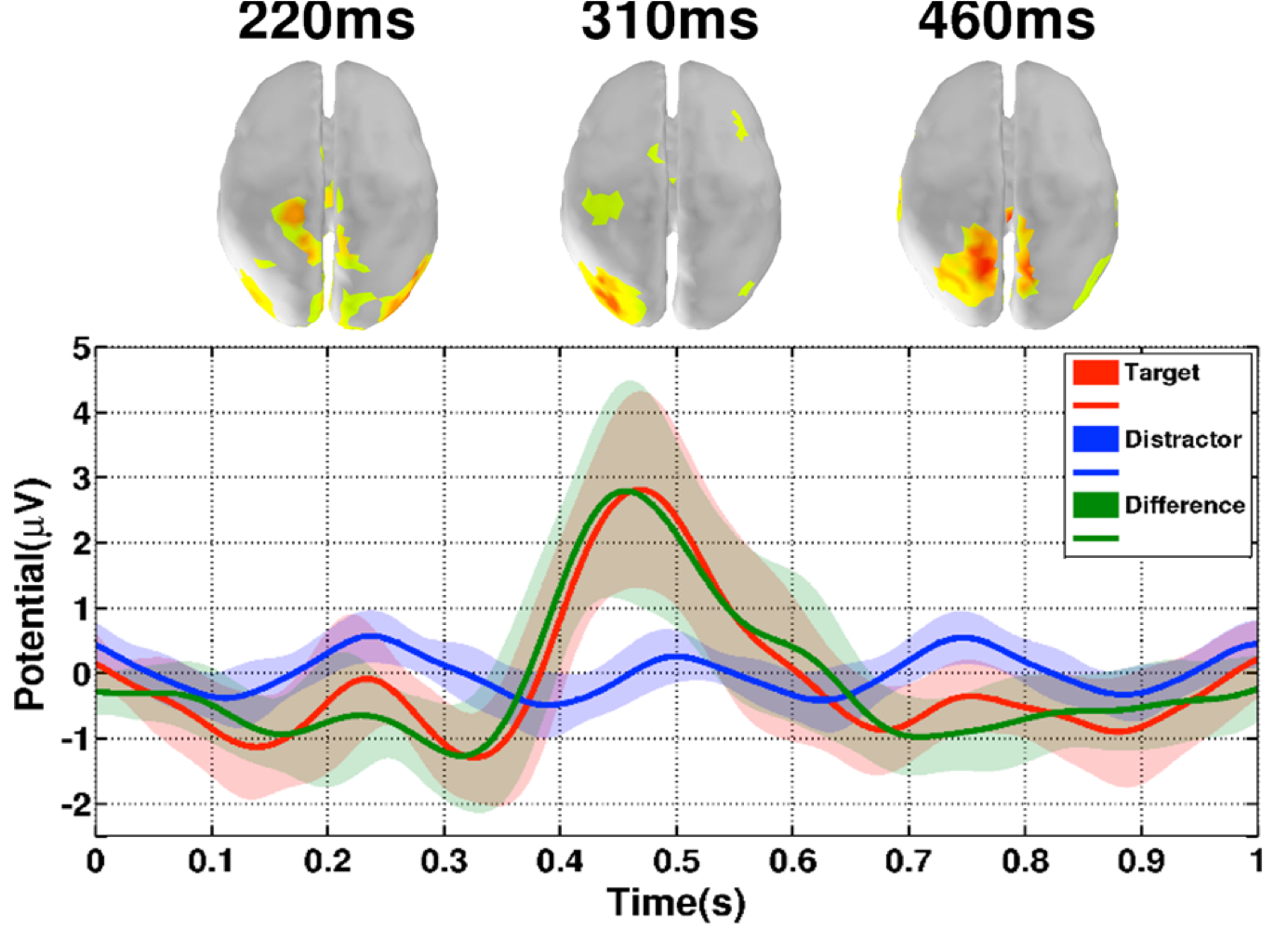Brain-coupled interactive devices
Despite important advances on computing systems, humans outperform artificial systems in tasks such as image analysis and visual recognition. However, human processing cannot cope with the increasing amount of multimodal data that is generated nowadays, requiring the use of automatic processing systems. In this project we propose the design of “Brain-coupled Interactive devices” that combine machine learning techniques with the human cognitive ability to perform such tasks.
These devices will use brain activity –as measured by scalp electroencephalography (EEG)– to extract information about human cognitive processes such as visual processing, pattern matching or error detection. This approach contrasts with traditional research on Brain-Computer Interfaces (BCI) that attempt to translate human intentions into control signals based on the recognition of voluntary modulation of brain rhythms.
The design of these interactive devices require advanced processing techniques that allows for real time recognition of brain electrical activity in single-trials. To this end, and based on existing techniques aimed at the estimation of the internal neural sources of scalp EEG potentials, we will develop classification techniques that not only achieve localization of neural sources, but also maximize the discriminability of EEG signals corresponging to different experimental conditions (e.g., related to different cognitive processes). This approach may allow for the design of reliable BCI systems and, at the same time, provide localization of the neural structures involved in human cognitive processes. These information can, in turn, be used to assess consistency with previous neurophysiological and imaging studies.
The use of these techniques for the recognition of human cognitive processes allows the “Brain-Coupled Interactive Devices” to successfully involve the human user into a closed-loop that aimed at the efficient processing of multimodal, machine generated information.
This work was supported by the Swiss National Science Foundation.
Selected publications
- Goel, M. K., Chavarriaga, R. & Millán, J. d. R. Inverse solutions for brain-computer interfaces: Effects of regularisation on localisation and classification in 2017 IEEE International Conference on Systems, Man, and Cybernetics (SMC) 2017 (IEEE, 2017), 258–263
- Ušćumlić, M., Chavarriaga, R. & Millán, J. d. R. An Iterative Framework for EEG-based Image Search: Robust Retrieval with Weak Classifiers. PLoS ONE 8, e72018 (2013)
- Goel, M. K., Chavarriaga, R. & Millán, J. d. R. Cortical current density vs. surface EEG for event-related potential-based Brain-Computer Interface in 2011 5th International IEEE/EMBS Conference on Neural Engineering, NER 2011 (2011), 430–433



